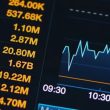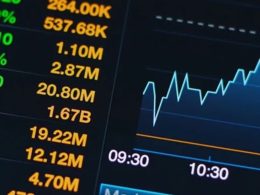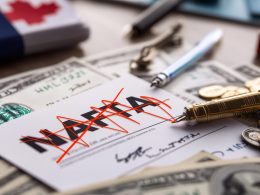For most of the past decade, as the economy has struggled to recover from the Great Recession, every time there’s been significant market volatility, every time the data have printed even a little bit weak, the Fed has come and indicated that it is there, that it is ready to protect the economy and markets as needed. That’s not the case now.
It is striking to see the market doing so poorly even as the economy continues to perform well. We attribute that primarily to the recent increase in interest rates. Interest rates across the maturity spectrum have gone up quite sharply over the course of the past few weeks, as the market has adjusted its expectations for the Fed to raise rates next year. You might have heard the president describe the Fed as “going loco.” Certainly, he hasn’t been pleased with the market response and with interest rates going up the way that they are. That said, I don’t think we’re ready to conclude that the market is right to question whether the economy can withstand higher interest rates. The data still suggest an economy that’s pretty strong. And while it’s reasonable enough to ask the question about whether the economy can continue to hold up, we think that for now the answer is still yes.
Even though the turmoil in financial markets is largely attributable in our mind to a change in expectations around the Fed, we don’t expect the Fed to come riding to the rescue anytime soon. The economy is stronger. Inflation is at the Fed’s target and moving higher. The Fed is on a path toward higher interest rates, and we expect them to continue along that path even as financial markets become more volatile. Don’t get me wrong: there are levels and there are developments that could cause the Fed to act. But we think that we are still a long way away from reaching those levels. The underlying fundamentals are strong enough that we look at what’s going on in financial markets as more likely to be a recurrence of volatility rather than the start of a new downtrend.
Copyright © AllianceBernstein














